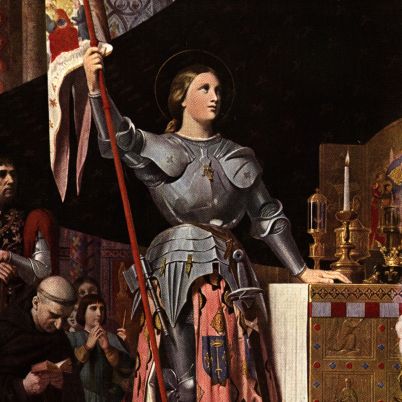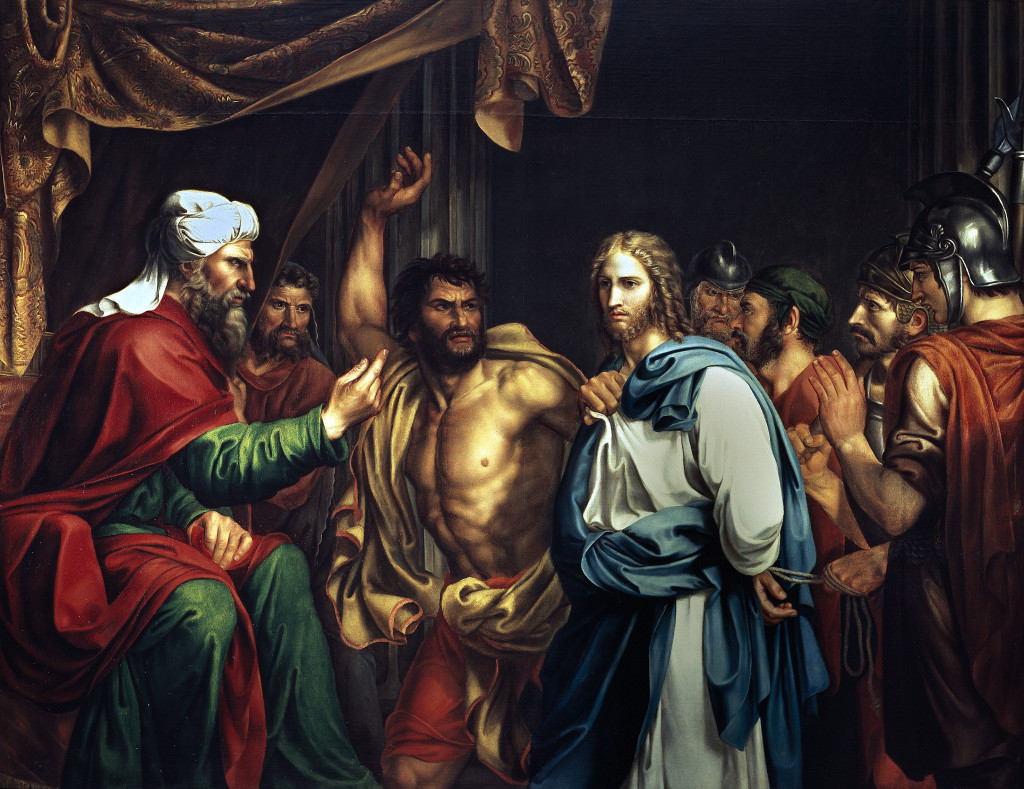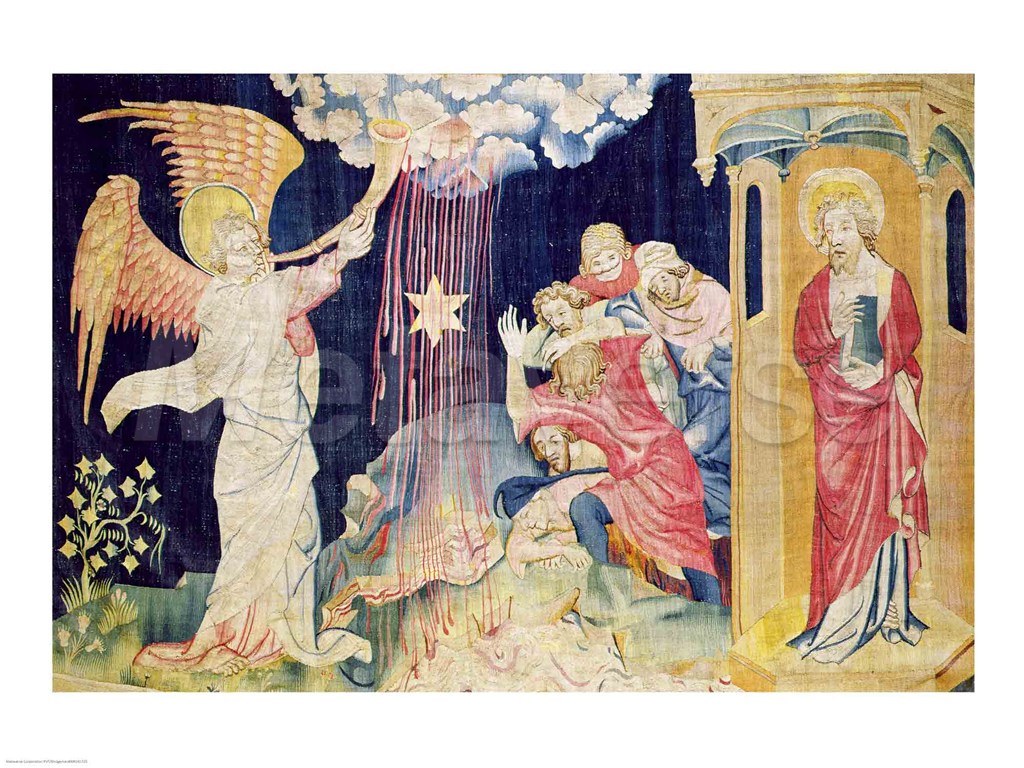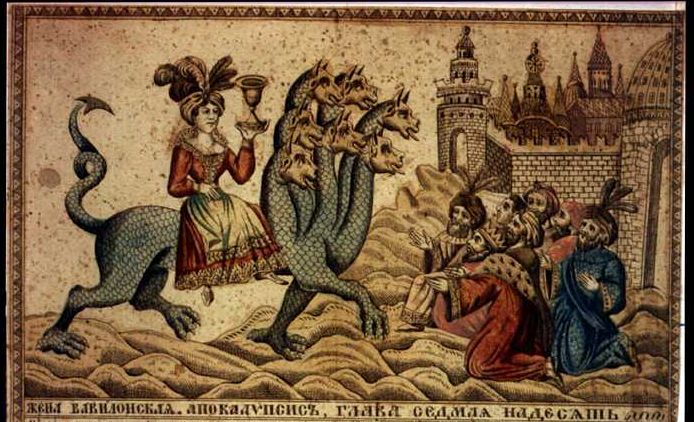The Christ-Crono connection that is so often stated seems generically JRPG, but I can see why people would make the connection for Chrono Trigger. Ok, so Jesus dies and is resurrected, and so does Crono; such things happen in a number of games, let’s be honest. Crono’s resurrection, furthermore, does not come from his own power but by the rest of the party members. In combination with the time egg, they don’t so much “resurrect” Crono as “yank Crono out of the exact moment where Lavos causes him to disintegrate out of existence”. On this point, then, it’s a figurative resurrection rather than (as in the Bible) a literal one.
On that note, does Jesus travel through time and space to help the Crusaders in the Crusades? Any of the Crusades? Well, no, not really. In fact, not much of anything religious happened, moreso that the fighting took precedence over genuine expressions of faith. When Urban II absolves you of anything you do, boy you better believe it. Or, at least, that’s the common viewpoint (another time, another essay for that one). If anything, we could say Jesus helped Joan of Arc, because how does a provincial French woman learn military tactics like that, but obviously this doesn’t fit into our narrative here. So how else can we connect Jesus to Crono? Not in many solid ways, unfortunately.

The Game Theorist further compares the Feeding of the Five Thousand to Crono feeding the soldiers at the bridge Jerky. A tiny bag of Jerky somehow feeds a whole army. Although this idea seems pretty awesome on first glance, it’s rather obvious that graphical limitations of the time made it difficult to represent everything in a 1:1 nature to reality. Thus, Crono doesn’t carry a whole pack worth of food, merely a bag. The developers can’t waste their time devoting precious sprite art to food products (much cooler battle animations are better), so they use your brain’s ability to recognize the symbol for food as a way to make it realistic without all that extra work. I can think of a million other examples, I’m sure, but you get the picture. If the developer intended for this Jesus interpretation, then it sure isn’t clear.
An analysis of Crono’s ability set shows that 1. he exudes a control over lightning and, more relevant, light. The big outlier, or so our discussion says, is the ability to use Life, which resurrects one party member. I find this a tertiary comparison at best. So can the protagonists in most JRPGs (I’m thinking Cecil, off the top of my head), and so can other party members (Marle comes to mind off the top of my head). In a similar way, Crono not having a father also doesn’t necessarily connect our spiky-headed friend to Jesus Christ. Again, how many protagonists in JRPGs are either 1. special magic children 2. have no parents 3. have just one parent? A lot, is the simple answer to that question, although the fact that Crono’s father is never mentioned does lend some credence. Maybe it slouches toward a “virgin birth” narrative, but only outside speculation could back that up rather than information within the game itself.

And, I wager, that’s the exact reason why the Trial example doesn’t quite work. When two of your events happen out of order (specifically, the Last Supper and the betrayal happen in 65,000,000 BC long after the Trial itself in game chronology…or at least to the player character), then that’s just reaching. The trial’s fixed, sure, but other media fixate on the idea of fixed trials for innocent men, and it’s not as if Chrono Trigger never borrows from a huge well of well-known action-adventure tropes.
So the sum total of these vague connections amount to little more than what most Japanese games do with various religious and historical information: they do whatever they want with symbols and ideas that don’t mean a whole lot to them. But, of course, there’s actual Scripture that (might possibly) fix this and bring them all together. When I first heard Revelations 8:10-11 in conjunction with Crono Trigger, it certainly sounded similar enough:
10 The third angel sounded, and a great star fell from heaven, burning like a torch, and it fell on a third of the rivers and on the springs of waters. 11 The name of the star is called Wormwood; and a third of the waters became wormwood, and many men died from the waters, because they were made bitter.
Contextually, Chapter 8 describes the judgments of the seventh seal through the seven trumpets being sounded. Some destroy plant life, others destroy all sea life (through a meteor), and the third referenced above causes one third of the world’s water to become undrinkable. Depending on your view, either Revelations displays a set of symbols referring to future events seen by John of Patmos, or describes the state of affairs in society at the time he wrote it. Much of it can be interpreted as the downfall of the Roman Empire, of course, but it could also refers to the future of mankind (i.e., not pretty).
On either end, then, our verses here refer to something. The wormwood reference in particular comes from a bitter herb that often meant poison or death. In other words, it’s entirely possible that people will not call the star “wormwood”, but that the contemporary audience of John would understand this to mean “death will result from 1/3 of the world’s population lacking water”. The symbol brings light to the real. Of course, there’s various other ways to see these verses, but you get the idea. For those who’ve read C.S. Lewis, we can further add the connection of Wormwood from the Screwtape Letters (now you feel super smart – congratulations!), whose words are poisonous and lead to death. Screwtape is merely training him according to his namesake.
In any event, Lavos only functions as Wormwood with an incredibly specific interpretation – a futurist one that also localizes this third trumpet judgment, which would be sent by God (!) to punish the unrighteous. If it takes out one third of the earth’s population, Lavos kills many, many more than the reference here.
So what is Lavos here, and why does he not seem to fit into any of these interpretive frameworks? He’s a positive judgment, or Allah, or evil, or good, or something. All of these references make for an incredibly poor retelling of the Bible story, at the very least! It’s hard to fit Lavos into any of these, because he’s a giant amoral space parasite; “good” or “evil” are only applicable in human terms. Just by taking these references at face value, we can see that even with intentionality behind their placement, it’s definitely NOT with the same meaning, and hence NOT a retelling.
The Revelations 17 part also follows a similar problem, with problematic links (although quite uncanny). Schala doesn’t really fit the profile of the Whore of Babylon; Queen Zeal certainly does a better turn of it, and she rides on Lavos at some point in the story. Schala fits, however, the technical description:
4 The woman was clothed in purple and scarlet, and adorned with gold and precious stones and pearls, having in her hand a gold cup full of abominations and of the unclean things of her immorality…
Anyone familiar with Chrono Trigger knows this fits Zeal more than Schala, but Schala’s outfit means that the Game Theorist uses her instead. Then he delves into Chrono Trigger/Cross post-game stuff, which would complicate things beyond the point of normal human dialogue with dimension swapping. That isn’t to mention that the beast and the kings basically kill the Whore, eating her and burning her with fire (again, Zeal fits this much better, but not in Chrono series lore). In that way, I don’t see the uncanny resemblance. If the kingdom of Zeal is seen as Rome (or maybe Sodom and Gomorrah, depends), you could certainly open up that can of worms.
On the other hand, the description of the kings and heads of the beast on which the Whore sits sounds eerie:
3 And he carried me away in the Spirit into a wilderness; and I saw a woman sitting on a scarlet beast, full of blasphemous names, having seven heads and ten horns…The seven heads are seven mountains on which the woman sits, 10 and they are seven kings; five have fallen, one is, the other has not yet come; and when he comes, he must remain a little while. 11 The beast which was and is not, is himself also an eighth and is one of the seven, and he goes to destruction. 12 The ten horns which you saw are ten kings who have not yet received a kingdom, but they receive authority as kings with the beast for one hour. 13 These have one purpose, and they give their power and authority to the beast.
Unfortunately, much as I would like to make this work, a simple glance at the Official Nintendo Player’s Guide fixed the problem. In phase 1 of the Lavos final boss battle, the beast copies 9 bosses for their “temporary reigns”. Just short of the 10 we’d need to make that connection more solid. if you include Lavos’ first form combat sequence, I assume you also get ten, but that’s a stretch. Both of these verses cited are really problematic from default as the Game Theorist emphasizes the words of English translations rather than the original Koine Greek text. What a confusing morass of claims!
So, directly the parallels do not work. To analyze a work in this way seems pedantic and fairly obvious with any amount of extra evidence. However, I think you could make a claim that Chrono Trigger draws extensive influence from the Christian tradition as a whole. Nearly every sort of Christian idea appears somewhere, mostly in the time period in which they would appear in our world. For example, there’s no sorts of references at all in 65,000,000 BC. Still, the other periods show us symbolic references and allusions to facets of Christian history, from the Roman Empire to the Crusades to the face of Western Europe circa 1000 AD (and possible apocalypse in 2300 AD).
If anything, we can say Japanese pop culture analysis is entirely confusing with a solid basis for what constitutes evidence and what doesn’t. Establish your terms early, and you might end up with something insightful.


